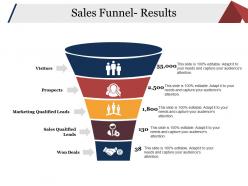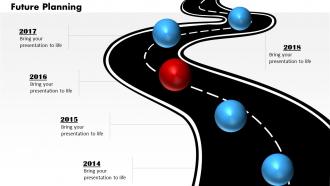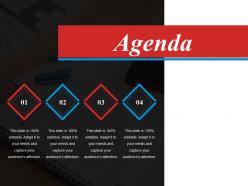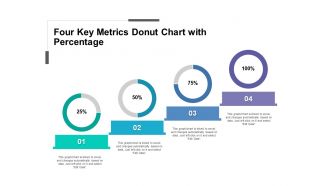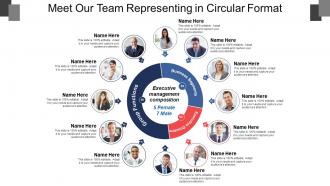"The aim of marketing is to know and understand the customer so well the product or service fits him and sells itself."
- Peter Drucker, globally-renowned marketer.
A Market Segmentation Matrix is an approach that firms use to divide and analyze their target market into separate categories. It enables businesses to better understand the demands, tastes, and behaviors of client groups.
To understand this better, let's consider this example:
The manager of a local bookstore was struggling to stay afloat. Using a Market Segmentation Matrix, she divided customers by reading preferences: Fiction lovers, self-help seekers, and children's book enthusiasts. Sarah noticed a trend that young professionals craved convenience. So, she introduced an online ordering system, offering same-day delivery for busy readers. Soon, orders flooded in, and the bookstore thrived.
Here, the use of Market Segmentation Matrix made the difference between closing shop and flourishing in the digital age.
How does Market Segmentation Matrix work?
- Businesses begin by identifying segments within their target market. Segments can be based on demographic factors like age, gender, income, education level, or geographic location. They can also include psycho-graphic factors such as lifestyle, interests, values, and personality traits.
- Once segments are identified, they are organized into a matrix format. Each segment is represented by a row in the matrix, while columns represent criteria used for segmentation.
- The columns in the matrix represent segmentation variables or criteria used to differentiate one segment from another.
- With the segments organized into the matrix, businesses can analyze the characteristics and needs of each segment. They can identify similarities and differences between segments and gain insights.
- Based on the insights gained from the segmentation matrix, businesses can make informed decisions about targeting segments with tailored marketing messages, products, pricing strategies, distribution channels, and promotional activities.
The segmentation matrix is an ongoing process of refining and correction. Businesses must adjust their segmentation strategy as market trends move and customer behaviors change to remain relevant and competitive. Regularly updating the matrix helps organizations remain responsive to changing client demands and preferences.
SlideTeam has curated these must-have PowerPoint templates for the Market Segmentation Matrix.
These pre-designed templates save valuable time and effort by providing a ready-made structure, ensuring consistency and professionalism in presentations. Additionally, the templates are 100% customizable and editable, allowing you to tailor the matrix to your specific needs and branding requirements. This flexibility enables businesses to adapt the matrix to industries, target markets, and segmentation criteria.
Let’s explore!
Template 1: Customer Centric Market Segmentation Matrix Model
It is a strategy framework for categorizing the market based on customer requirements, preferences, and behaviors. Unlike previous techniques, this model prioritizes consumers in categorization efforts, concentrating on identifying their unique features and matching products and services accordingly. This PowerPoint Slide includes a customer-oriented market segmentation matrix. This matrix helps the target audience fulfill desired objectives. This slide also includes key takeaways on demographics, geography, psycho graphics, and behavior. Download today!
Template 2: Matrix Segmentation Targeting Positioning Analysis
This PowerPoint template provides a thorough matrix for segmenting market consumers, better understanding the target population, and developing efficient marketing strategies. It classifies segments such as geographic, psycho-graphics, behavioral and demographic. It allows businesses to better align their offers with consumer requirements and preferences, increasing engagement, loyalty, and company success. Download now!
Template 3: Product Market Matrix for Different Segments
The Product-Market Matrix is a strategic tool for companies to evaluate their goods' offerings across multiple market groups. This PowerPoint Slide showcases a tabular representation of market segments like High-Tech, retail, healthcare, and automotive. It also includes multiple products/shipping, such as shipping, inbound logistics, and outbound logistics. Within this matrix, businesses that understand where their goods belong may develop targeted plans to optimize growth, extend market reach, and capitalize on unexplored potential customers. Download today!
Template 4: Market Segmentation Matrix PowerPoint Template Bundles
Businesses obtain a better knowledge of their diversified client base by segmenting them based on demographics, psycho-graphics, and behavior. This insight allows firms to determine requirements, preferences, and pain areas for each group. This PowerPoint Template bundle in 17 slides highlights the matrix of the wellness industry, the strategy analysis matrix for conglomerate business, strategy formulation, and more. Download now!
Template 5: Market Segmentation Matrix of Wellness Industry
This PowerPoint Slide categorizes consumers based on geographic, demographic, psycho-graphic, and behavioral factors. This matrix aids businesses, marketers, and researchers in understanding consumer needs and preferences, enabling tailored marketing strategies and product development. It is invaluable for wellness companies, marketing teams, and researchers seeking to target specific consumer segments, optimize resource allocation, and enhance customer engagement and satisfaction. Download now!
Template 6: Market Segmentation Matrix for Strategy Formulation
Businesses can use this PPT Slide to identify and target specific customer segments. The matrix categorizes market segments based on demographics, behavior, and geography. The strategies included—focused, optimization, geo-centric, and localization—offer tailored approaches for reaching these segments. Each strategy emphasizes aspects, such as concentration, efficiency, regional relevance, and customization. This tool is invaluable for marketing managers, product developers, and strategists across industries, enabling them to craft targeted approaches that resonate with customer groups. You also optimize resource allocation, and enhance competitiveness in the marketplace with the use of this template. Download now!
Template 7: Customer-Centric Market Segmentation Matrix Model
This PPT Template identifies and categorizes customer segments based on unique attributes, requirements, and preferences. This model includes demographics, psycho-graphics, behavior, and preferences to create comprehensive customer profiles. This model allows businesses to tailor their marketing strategies, products, and services to specific customer segments, thus enhancing customer satisfaction and loyalty. Download now!
Template 8: Eight Elements and Benefits PPT Template
This PPT Template comprises eight essential elements for understanding consumer behavior and targeting specific market segments. These elements include demography, segment identification, benefit analysis, niche marketing, bench marking, age group analysis, and occupation profiling. Understanding these elements helps businesses tailor their strategies to diverse consumer groups, enhancing product relevance and competitiveness. The segmentation matrix is valuable for marketers, product managers, and business analysts across industries. Download now!
Template 9: Classification of Market Segmentation Matrix Model
In this PPT Template, the segmentation is categorized into four types: Demographics, Geo-graphics, psycho-graphics, and behavioral segmentation. Demographics focus on factors like age, gender, income, etc. Geo-graphics involve location-based segmentation. Psycho-graphics delve into consumer attitudes, values, and lifestyles. Behavioral segmentation analyzes buying patterns and product usage. It divides a market into distinct segments. This model is valuable for marketers, researchers, and business strategists seeking to understand and target specific consumer groups, enhancing product positioning, messaging, and marketing strategies to meet diverse consumer needs. Download now!
Template 10: Retail Management Strategy Matrix
This PowerPoint Slide showcases the market segmentation strategy matrix regarding markets and products. Here, categorization has been made for market penetration, product development, and diversification. Market development targets new markets with existing products, and diversification concerns introducing new products to new demands. This matrix helps retailers identify growth opportunities and allocate resources effectively. Download now!
Divide, Discover, Deliver
Businesses can employ data from the segmentation matrix to create tailored marketing efforts that address needs and preferences across client segments. Targeted campaigns, whether delivered via social media, email marketing, or conventional advertising channels, are more effective in capturing the attention of specific audience segments and driving desired behaviors, such as purchases or subscriptions. The segmentation matrix helps in the efficient allocation of resources for enterprises. This strategic approach ensures that finite resources are used efficiently and with the most significant impact. SlideTeam's PowerPoint templates improve communication effectiveness by making complicated segmentation data accessible and understood by stakeholders, clients, and team members. The templates, which include visually attractive visuals, charts, and diagrams, make it easier to deliver segmentation insights, resulting in better decision-making and strategic planning.




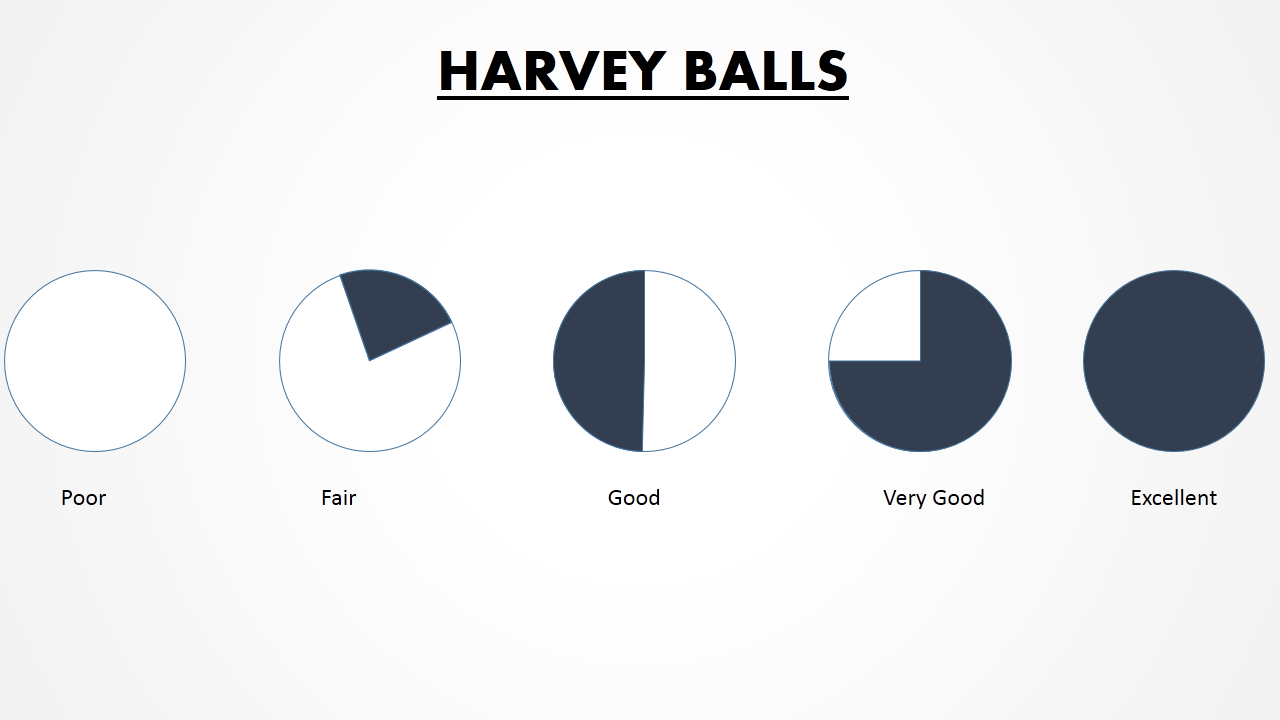

 Customer Reviews
Customer Reviews


















